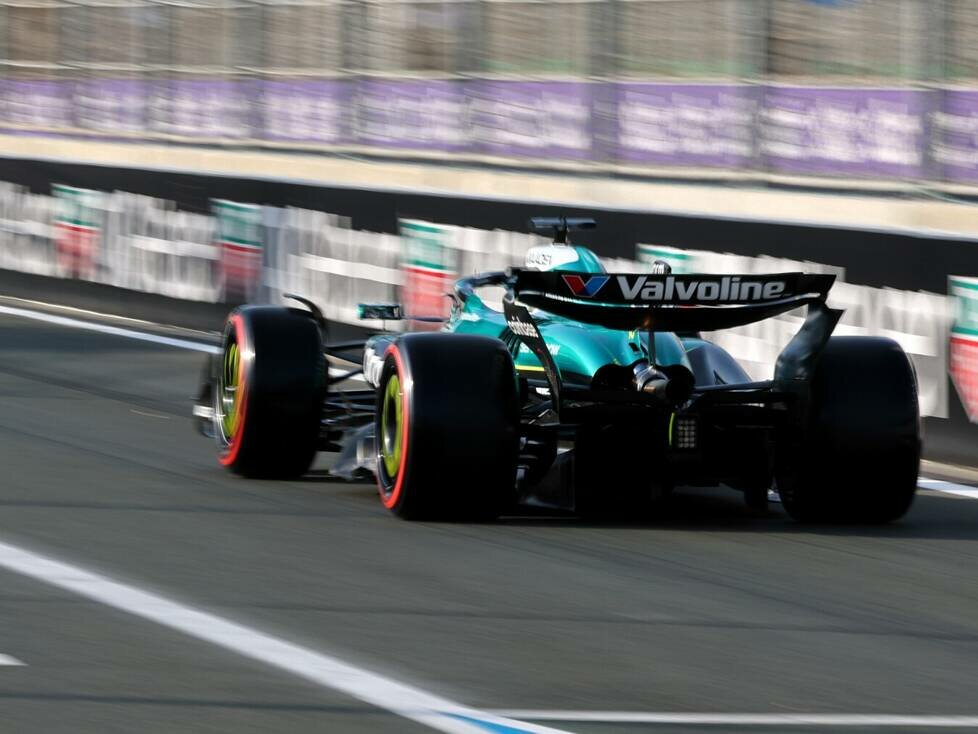Aston Martin is thrilled with the first few weeks in its own wind tunnel, but has already noticed that it provides different data to the previous facility
Aston Martin’s new in-house wind tunnel has been in operation since the start of the Formula 1 season in Australia in mid-March. Previously, the racing team had shared the wind tunnel with Mercedes in Brackley, where it also developed the current AMR25. However, the move to the brand-new factory also saw the creation of its own wind tunnel.
Aston Martin has therefore moved out of Mercedes and switched completely to its own wind tunnel, which will also produce the first components to be fitted to the current car in the near future.
The wind tunnel fulfills a dual role, as the new facility will naturally help Aston Martin primarily in the development of the 2026 car, where star designer Adrian Newey is hoping to make a big splash.
However, it has already caused some initial difficulties because it provides different data than the old wind tunnel, as team boss Andy Cowell admits.
“You often wonder how to read the time correctly with two clocks,” he says, drawing this comparison with aerodynamic development when you have completed development in one wind tunnel and then switch to another. ‘They never show you exactly the same thing,’ he says.
And yet the new facility is already having a positive effect: “It has opened our eyes to some characteristics,” Cowell emphasizes. “But then you have to do the work.”
“When you have a new test facility that gives you a clearer, more realistic view, you have to do aerodynamic development work—change shapes, manufacture parts, understand them, and then build full-size components that you test on the track in this complex environment,” says the team boss.
Aston Martin is currently in this process. “We are enjoying using the new tool and look forward to building a faster race car with it.”





